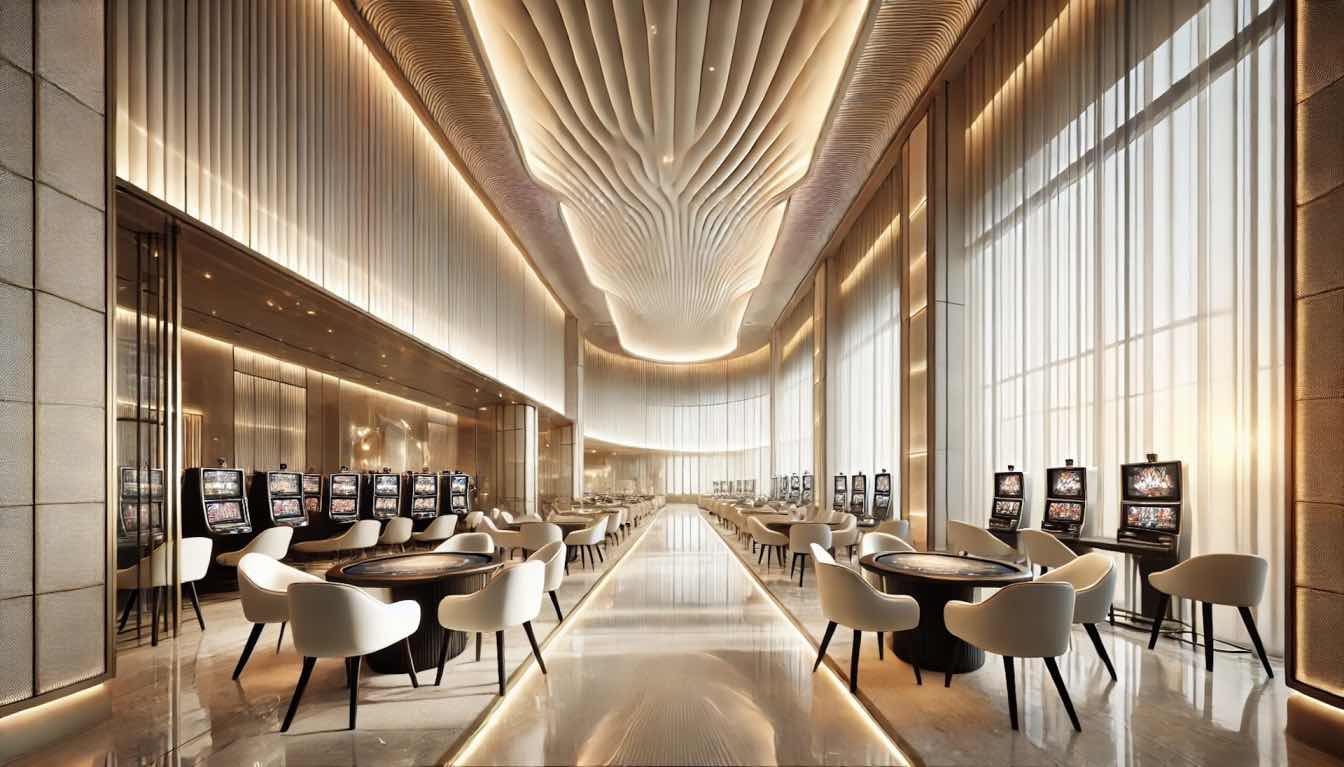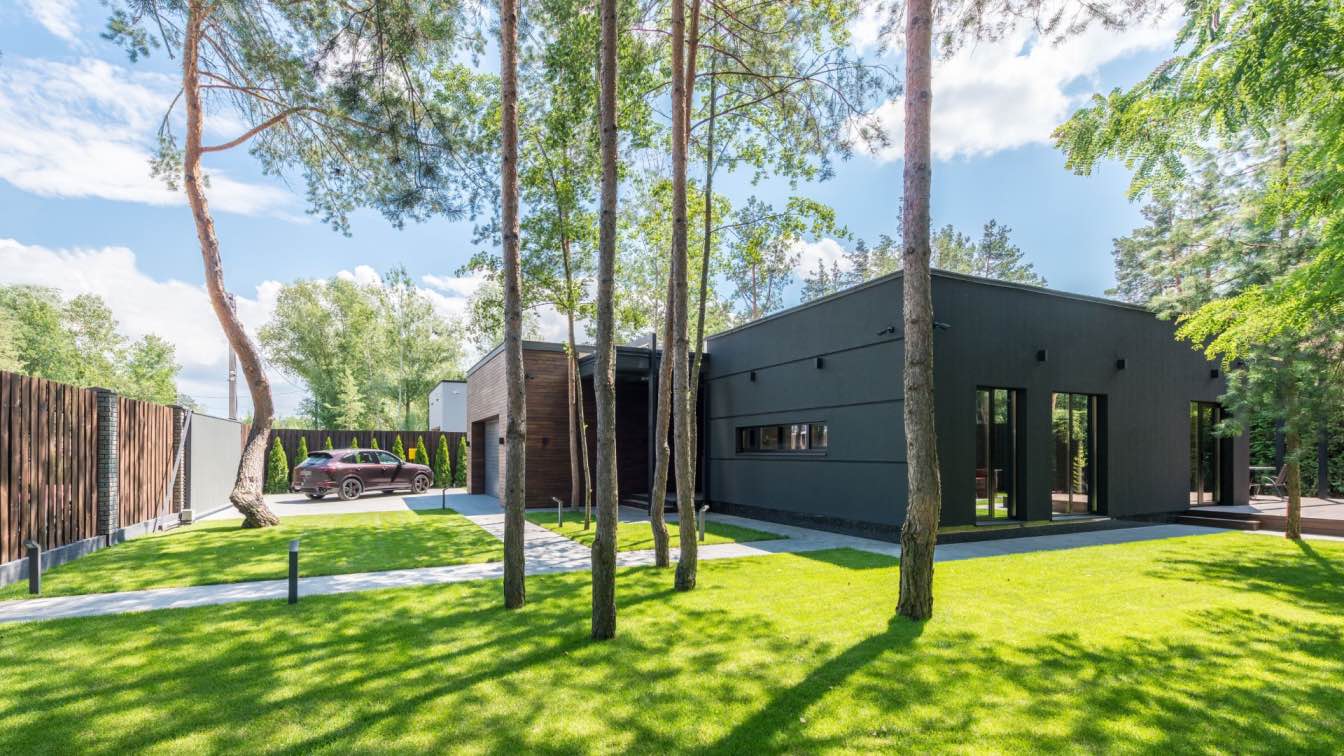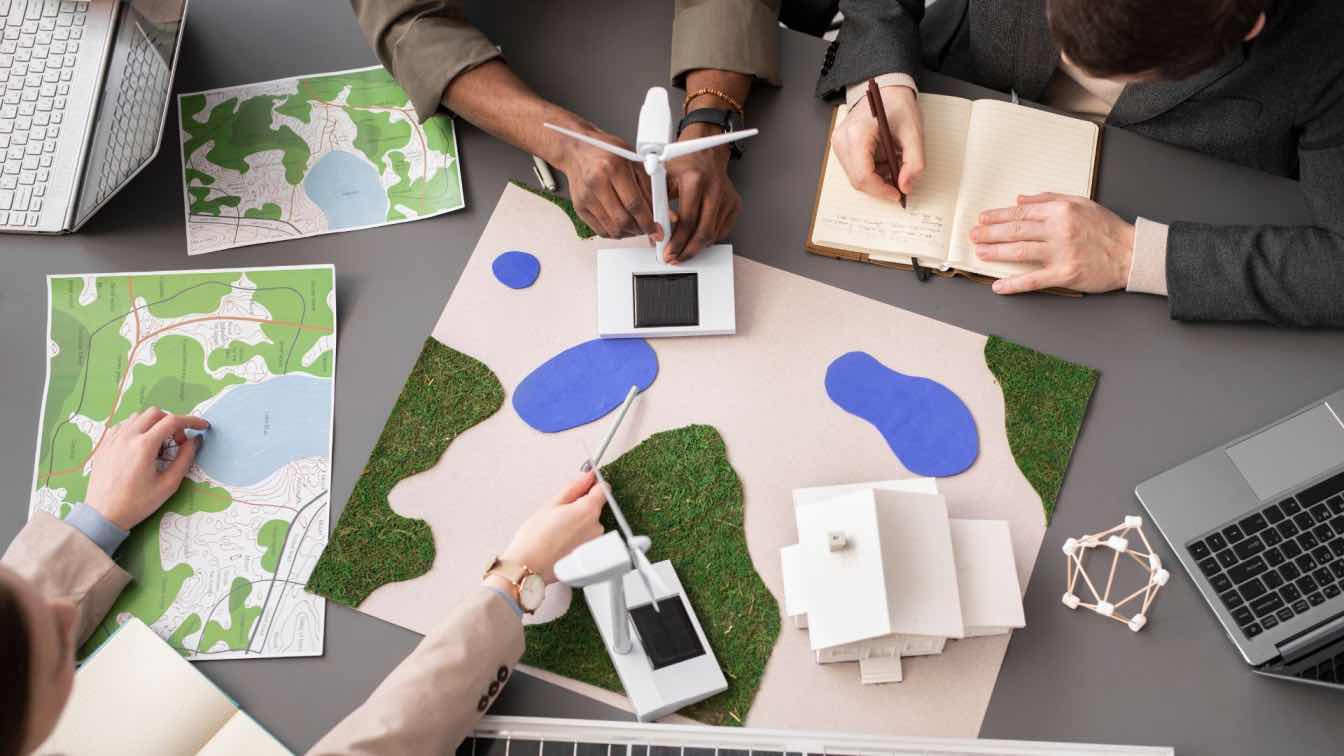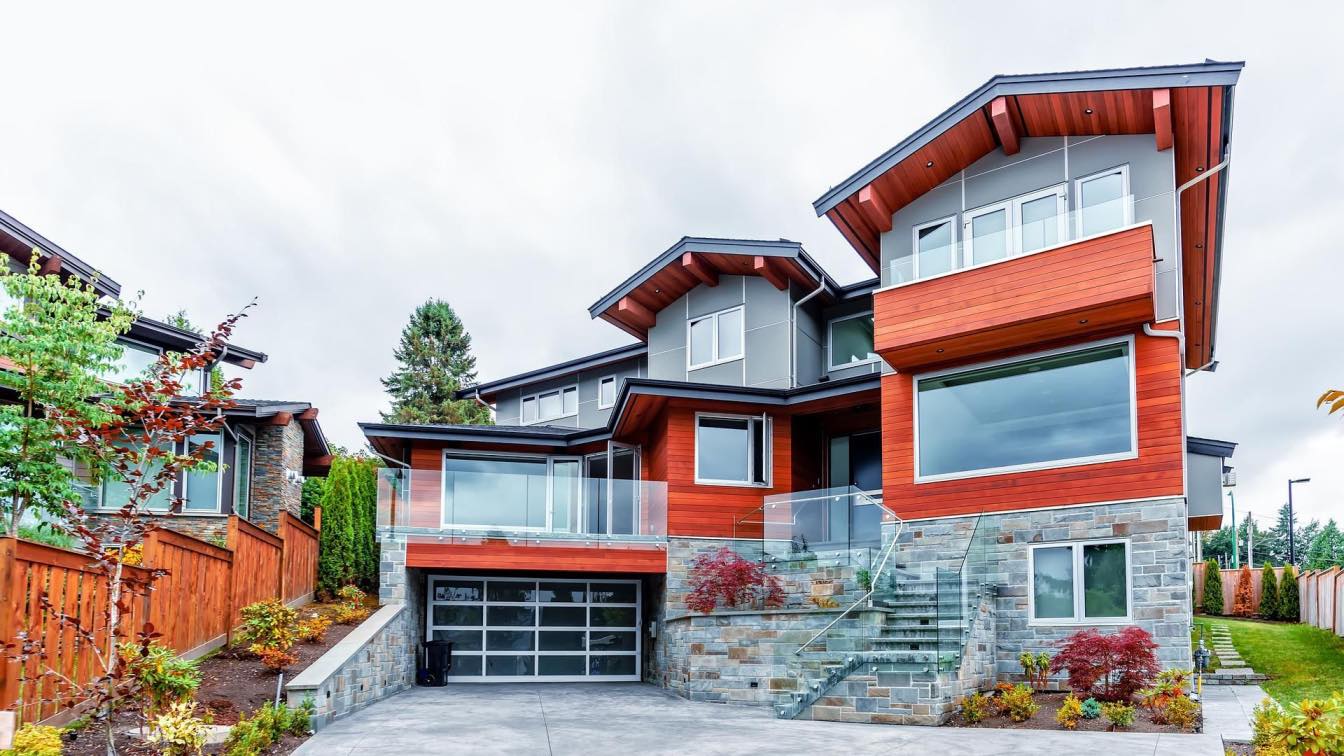Lighting and spatial arrangement are key factors in creating immersive casino environments. These design guidelines engage visitors in the physical world and impact digital spaces such as Non GamStop Casino Platforms. This article will explore how thoughtful design impacts player behaviour and enhances the gaming experience.
The Role of Lighting in Casino Design
Lighting plays an important role in casino architecture. It shapes player behaviour and improves the gaming experience in general.
Ambient Lighting
Soft, warm ambient lighting produces a welcoming ambience in casinos, inviting gamblers to feel at ease and relaxed. This kind of lighting has a stabilizing effect on anxiety and enables players to spend more time gaming. For example, interior LED designs are used at the Muckleshoot Casino Resort in Washington, created to generate a lasting guest experience with warm tones, creating a cosy ambience.
Highlighting Key Areas
Strategic lighting highlights particular locations, such as gaming tables, slot machines, and entertainment areas. Examples of spotlighting and wall/pillar accent lighting can motivate the viewer and increase visual impact. For example, pendant lights are commonly employed to light tables, where players may capture the resulting focal points.
Mood and Emotion
Lighting significantly impacts players' emotions and decision-making processes. Subdued lighting produces a sense of cosiness and security, making players feel safer and thus take greater risks. On the contrary, relaxed, blue-stained lighting can be soothing and promote play more thoughtfully. The light can be subtly encouraged by altering the light level towards or away from the player's movement to evoke the desired emotional reaction in the player.
The Impact of Spatial Design
Spatial design is important in designing attractive and stimulating casino environments for patrons.
Open Layouts
Contemporary casinos typically use open floor plans to provide space and freedom of movement, encouraging guests to traverse many gaming zones. High ceilings and large windows contribute to an airy atmosphere, eliminating the claustrophobic feel of traditional casinos. Player movement is quietly guided in strategically laid-out paths, promoting accessibility and flow throughout the environment.
Intimacy vs. Grandeur
The compatibility of intimate gaming spaces and big structural elements enables casinos to meet the needs of a broad spectrum of guests. Cosy, secluded areas provide personal space for focused gaming, while expansive, opulent sections offer luxury and excitement. This changing environment guarantees that all visitors will be in spaces that suit their experience expectations, resulting in higher general satisfaction.
Ceilings and Walls
Incorporating reflective ceilings, elaborate patterns, and motif patterns on the walls enhances the effect of space and elegance on the walls in the casinos. These elements reflect light and create visual interest, creating an upscale ambience. Moreover, curved walls provide incidental navigational clues that lead players around the gaming floor without the need for overt signage.
Real-World Examples of Light and Space in Casino Design
Analysis of real-life cases illustrates the convergence of lighting and spatial design in constructing immersive gambling environments.
Bellagio (Las Vegas)—Renowned for luxury, the Bellagio uses bright exterior lighting that is synced with the great fountain displays and thus provides an engaging visual display. Internally, warm, ambient lighting creates a welcoming environment and beckons visitors to spend more time and visit around.
Marina Bay Sands (Singapore)—This architectural icon combines rich natural light in large square footage of floor-to-ceiling windows. The interiors of the house are modernized. The architecture seamlessly integrates natural and artificial illumination, creating an exciting but inviting atmosphere appealing to a wide spectrum of patrons.
Casino de Monte-Carlo (Monaco)-Wreathed in classical grandeur, this casino boasts exquisite ceiling carvings coloured by impressive chandelier lighting. The casino offers a warm, luxurious ambience throughout its intimate gaming areas, and the thoughtful interplay of light and space cultivates an exclusive and sophisticated gaming experience.
Parallels Between Physical and Digital Casino Design
Online casinos strive to emulate the immersive atmosphere of physical casinos by adopting similar design principles focused on light and space. They use exciting colour schemes and images to simulate the stimulating visual environment of physical casinos.
This specific layout leads to greater user engagement via interactive and easy-to-use, intuitive layouts, which follow patterns of spatial design found in brick-and-mortar and traditional casinos.
By incorporating these elements, online platforms aim to provide players with an engaging and authentic gaming experience that parallels the allure of physical casinos.
Benefits of Thoughtful Design in Casinos
Careful casino design greatly improves the player experience by providing effective, pleasurable, enjoyable settings that provoke positive effects.
Ambient lighting, thematic decor, and ergonomic arrangements all help produce an inviting environment, enhancing players' comfort and involvement.
This eye for detail increases satisfaction and leads to longer stays and repeat visits since customers are more likely to visit places where they feel comfortable and have fun.
Conclusion
Light and space play critical roles in designing engaging casino experiences and setting the mood and flow of players. Whether through the grandeur of physical casinos or the interactive features of online platforms like Non GamStop Casino Platforms, these design principles ensure a captivating environment that fosters deeper immersion and lasting enjoyment.





